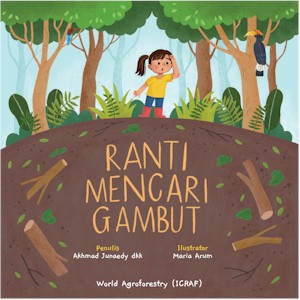The páramo is a high altitude tropical Andean ecosystem that contains peatlands with thick horizons of carbon (C) dense soils. Soil C data are sparse for most of the páramo, especially in peatlands, which limits our ability to provide accurate regional and country wide estimates of C storage. Therefore, the objective of our research was to quantify belowground C stocks and accumulation rates in páramo peatland soils in two regions of northeastern Ecuador. Peatland soil cores were collected from Antisana Ecological Reserve and Cayambe-Coca National Park. We measured soil C densities and 14C dates to estimate soil accumulation rates. The mean peatland soil depth across both regions was 3.8 m and contained an estimated mean C storage of 1282 Mg ha-1. Peatlands older than 3000 cal. year BP had a mean long-term C accumulation rate of 26 g m-2 year-1, with peatlands younger than 500 cal. year BP displaying mean recent rates of C accumulation of 134 g m-2 year-1. These peatlands also receive large inputs of mineral material, predominantly from volcanic deposition, that has created many interbedded non-peat mineral soil horizons that contained 48 % of the soil C. Because of large C stocks in Ecuadorian mountain peatlands and the potential disturbance from land use and climate change, additional studies are need to provide essential baseline assessments and estimates of C storage in the Andes.
DOI:
https://doi.org/10.1007/s11273-016-9482-2
Pontuação Altmetric:
Dimensões Contagem de citações:



















